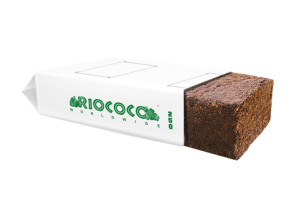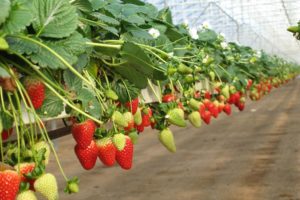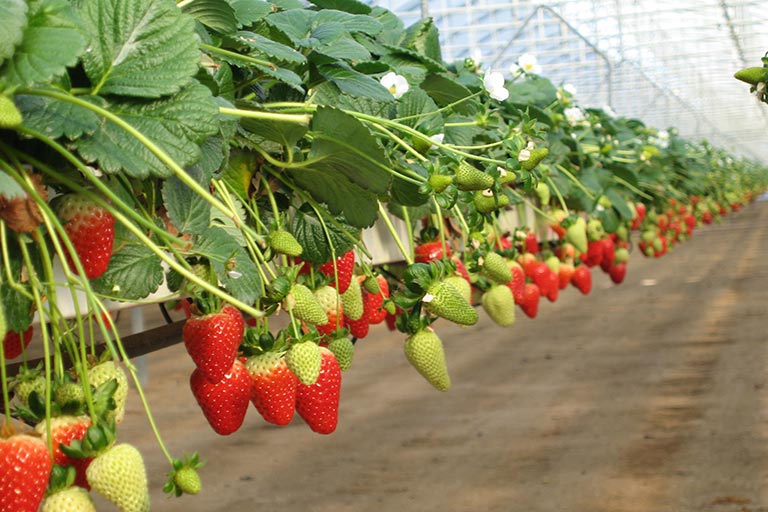The top 7 benefits of using coconut coir as a growing medium- Riococo
You have many options for growing mediums when you decide to grow plants without soil. But one growing medium that is quietly becoming popular to use as a soilless substrate is the coconut coir. There are many advantages of using coconut coir as a growing medium for many gardeners. Read on to learn about it:
Water Retention
The best thing about coco coir is its ability to hold water 10 times its weight, thus making it a popular additive for hanging baskets, container plants, potting soils.
Not only this, but it is also capable of being a standalone growing medium in hydroponic growing setups where it can last up to 3 times longer than traditional sphagnum peat moss.

Aeration and Drainage
Coco coir possesses excellent aeration properties, which are important for a soilless growing medium. When it is added to the soil, it creates small air pockets that provide roots with access to air, water, and essential nutrients. In doing so, the air pockets promote stronger root growth and better health overall and, therefore, more vibrant plants.
Not only this, but air pockets created by coco coir are also responsible for promoting proper water drainage. The plant root may drown if a plant cannot drain properly, resulting in soil erosion or soil compaction.
Neutral pH
Each plant has an ideal pH level. Generally, the pH of the soil has a significant impact on the availability of essential nutrients. A pH of 7 is neutral and unlike other soil additives, coco coir has a nearly neutral pH that ranges from 6.7 to 7. Anything lower is acidic, while anything above is alkaline.
Nutrients
Coco coir is filled with a high amount of essential plant growth nutrients and small amounts of calcium, magnesium, and potassium. On top of it, coco coir often holds onto vital nutrients. This is why most growers choose to modify their soil with a mix of coco coir nutrients.
Sustainable
The main reason behind choosing coco coir as a growing medium for many growers is because it is a renewable resource. In general, coconut trees are capable of generating as many as 150 coconuts per year. During harvests, the coconut palms are not damaged, and therefore, being the byproduct of these harvests, it prevents the waste of otherwise unwanted materials.
Instead of coco coir, many hydroponic growers choose to use peat moss. However, peat moss tends to break down faster than its counterpart. Furthermore, peat moss is derived from vulnerable peat bogs and takes around 25 years to completely restore a peat bog.
Eliminates Harmful Bacteria
Coconut fibers have natural defenders that resist the growth of harmful bacteria, rot, and fungus. The neutral pH of the coconut coir makes it a harmful base for the microorganisms to survive in it.
Reusable
Some gardeners prefer reusing their coconut peat as it can help them in saving money. Although reused coir is more susceptible to diseases, however, it’s very easy to use and also environmentally friendly.
While coco coir is compostable, it takes near about 25 years to completely break down. Additionally, it is better to use it as long as you can before throwing it in your food waste pile.

All in All
Riococo is one of the world’s largest suppliers of cultivation solutions that uses the highest quality raw materials to produce the ideal coconut coir growing medium for growing a wide variety of crops such as tomatoes, cucumbers, bell, chili peppers, strawberries, eggplants, and a variety of herbs. The soil-less growing products made from the broken husk of coconuts work great in either passive or active hydroponic systems because you can count on its ability to retain moisture. Buy the highest quality coir products today!

